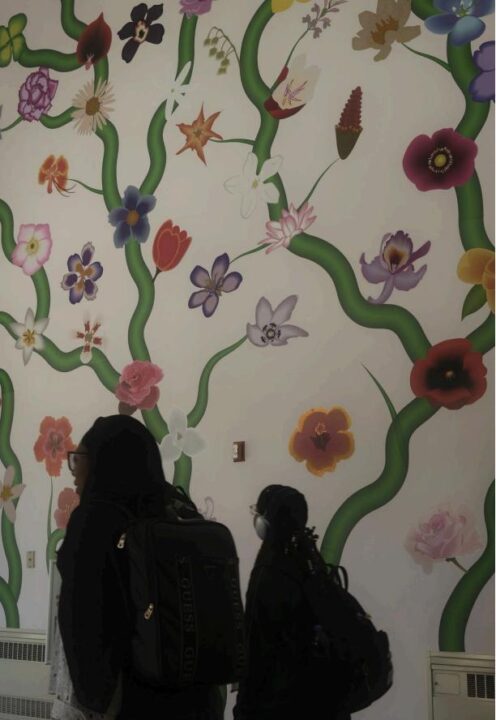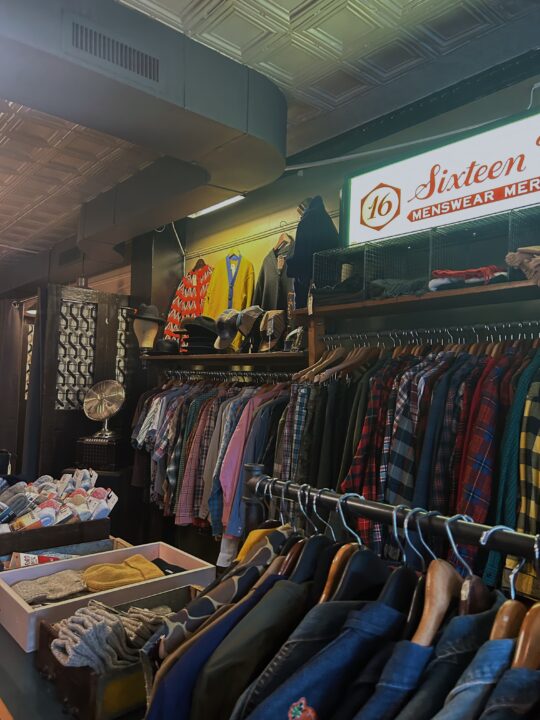Museums play many roles for their cities and municipalities. They attract tourists who are seeking recreation, increasing revenue at nearby businesses and boosting the local economies. They also create employment opportunities for curators, subject experts and maintenance staff who all work to keep and display collections, exhibits and exhibitions. For locals, museums serve as centers of learning and discovery in the arts, science, history and a plethora of other fields of study.
UMBC students and Maryland residents in general might remember visiting institutions such as the National Aquarium in the Inner Harbor. Most Maryland museum spaces are currently closed or are operating at limited capacities. However, many museums are offering a range of content on their respective websites to increase accessibility to exhibits and materials, and to encourage prospective visitors to remain engaged with the information they cover.
Below are descriptions of the virtual programs run by several museums in Maryland. They are all free to the public as of September 17, 2020. Anyone who is interested in more information about any information, artifacts, pieces or other items on these web pages should contact staff at the respective museums; most list contact forms.
The Walters Art Museum, located in Baltimore, created a dedicated online space for multiple forms of free content. This Virtual Museum encompasses the vast collection and manuscripts owned by the museum, as well as public programming on artistic subjects, videos about how to create art and virtual programs for children. The online collection contains 36,000 pieces of art, spanning from 5000 BCE to the 21st century.
Another Baltimore art museum with online access is The Baltimore Museum of Art. The collection contains 95,000 works of art, organized into twelve categories online. The site also holds a virtual tour of six parts of the museum in the form of a video.
The Ward Museum of Wildfowl Art, in association with with Salisbury University, lists virtual tours of two of its galleries as well as an exhibition. The museum owns the largest “public collection of decorative and antique decoys” in the world. A final Maryland art museum, which states that a virtual exhibit is “coming soon” on its website as of September 17, 2020, is the African Art Museum of Maryland.
In addition to these art museums, several Maryland museums focusing on other subjects also host visitor-minded content online. The Reginald F. Lewis Museum of Maryland African American History and Culture in Baltimore has an online collection containing digitized items such as African artifacts, military artifacts and photographs. The Annapolis Maritime Museum and Park provides three virtual exhibits about local sailing and fishing. Also, The Baltimore Museum of Industry offers a virtual tour where users can click through different areas around the museum space, along with activities for children.
Two national-level museums in Maryland also have a notable online presence. The National Museum of Health and Medicine in Silver Spring presents information about different medical topics in five categories of online collections. And users can view the Linthicum museum space of the National Electronics Museum in a 360 virtual tour.
These resources allow the public to explore these museums from any device with Internet capabilities. The online collections in particular can serve as research resources, since photographs of art, artifacts and other documents are available to view and study. Maryland students who might have planned to visit these museums for educational purposes, or even for enjoyment, can access much of their content for free online. Expert staff members assemble these collections, and anyone can benefit from taking advantage of their efforts to educate the public.


